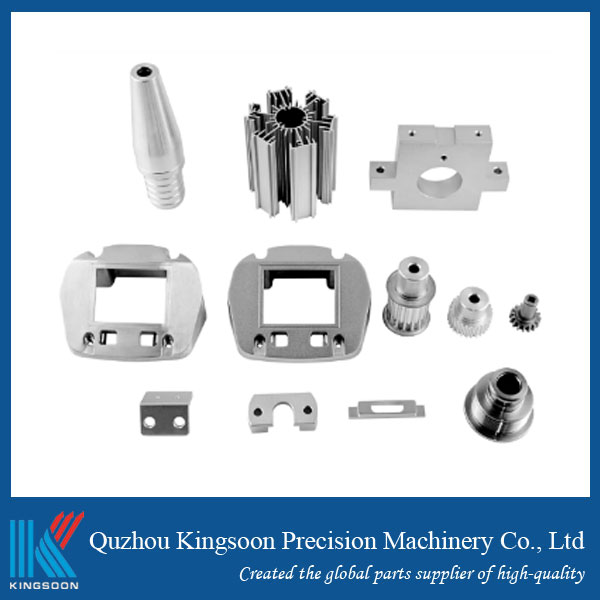Common Quality Problems and Solutions for CNC Machining Parts
2025-06-27
CNC (Computer Numerical Control) machining is renowned for its precision, efficiency, and automation in producing complex parts across industries. However, like any manufacturing process, it is susceptible to various quality problems that can affect performance, appearance, and functionality. Identifying these common issues and implementing effective solutions is essential for maintaining high production standards and minimizing waste.
1. Dimensional Inaccuracy
Problem: One of the most frequent issues in CNC machining is dimensional inaccuracy, where the final part does not meet the required tolerances. This can result from tool wear, thermal deformation, or improper machine calibration.
Solution: Regularly calibrating machines and replacing worn tools can help maintain accuracy. Using compensation techniques in software and implementing temperature control in the workspace also contribute to dimensional stability.
2. Surface Finish Defects
Problem: Poor surface finish, such as roughness, scratches, or tool marks, can compromise both aesthetic and functional aspects of a part.
Solution: Selecting the correct cutting tool and speed, using coolant effectively, and ensuring proper tool sharpness are key. In some cases, post-machining processes like polishing or coating may be necessary to achieve the desired surface finish.

3. Burr Formation
Problem: Burrs are unwanted projections of material on the edges of parts. They are common in CNC milling and turning operations and can cause assembly issues or pose safety hazards.
Solution: Using appropriate cutting parameters and sharp tools can reduce burrs. Deburring processes such as mechanical trimming, tumbling, or laser deburring should be integrated into production workflows.
4. Tool Wear and Breakage
Problem: Excessive tool wear or sudden tool breakage can degrade part quality and halt production.
Solution: Monitoring tool life and implementing predictive maintenance can prevent unexpected failures. Using high-quality tools and optimizing feed rates and cutting speeds also extend tool life.
5. Material Deformation
Problem: Thin-walled or complex parts may deform during machining due to residual stresses or clamping force.
Solution: Use of appropriate fixturing methods and stress-relief heat treatments can help. Additionally, dividing the machining process into roughing and finishing stages reduces internal stresses.
6. Incorrect Machining Program
Problem: Errors in the CNC code or incorrect CAD/CAM programming can lead to part defects or even equipment damage.
Solution: Validate programs through simulation before actual machining. Employing skilled operators and using version control for program changes are also important preventive steps.
Conclusion
While CNC machining offers high precision and repeatability, quality problems can still arise due to various factors like equipment wear, programming errors, or material issues. Proactively addressing these problems through regular maintenance, operator training, and proper process control ensures consistent production quality and reduces operational costs. With continuous improvement and attention to detail, manufacturers can leverage CNC technology to its fullest potential.


